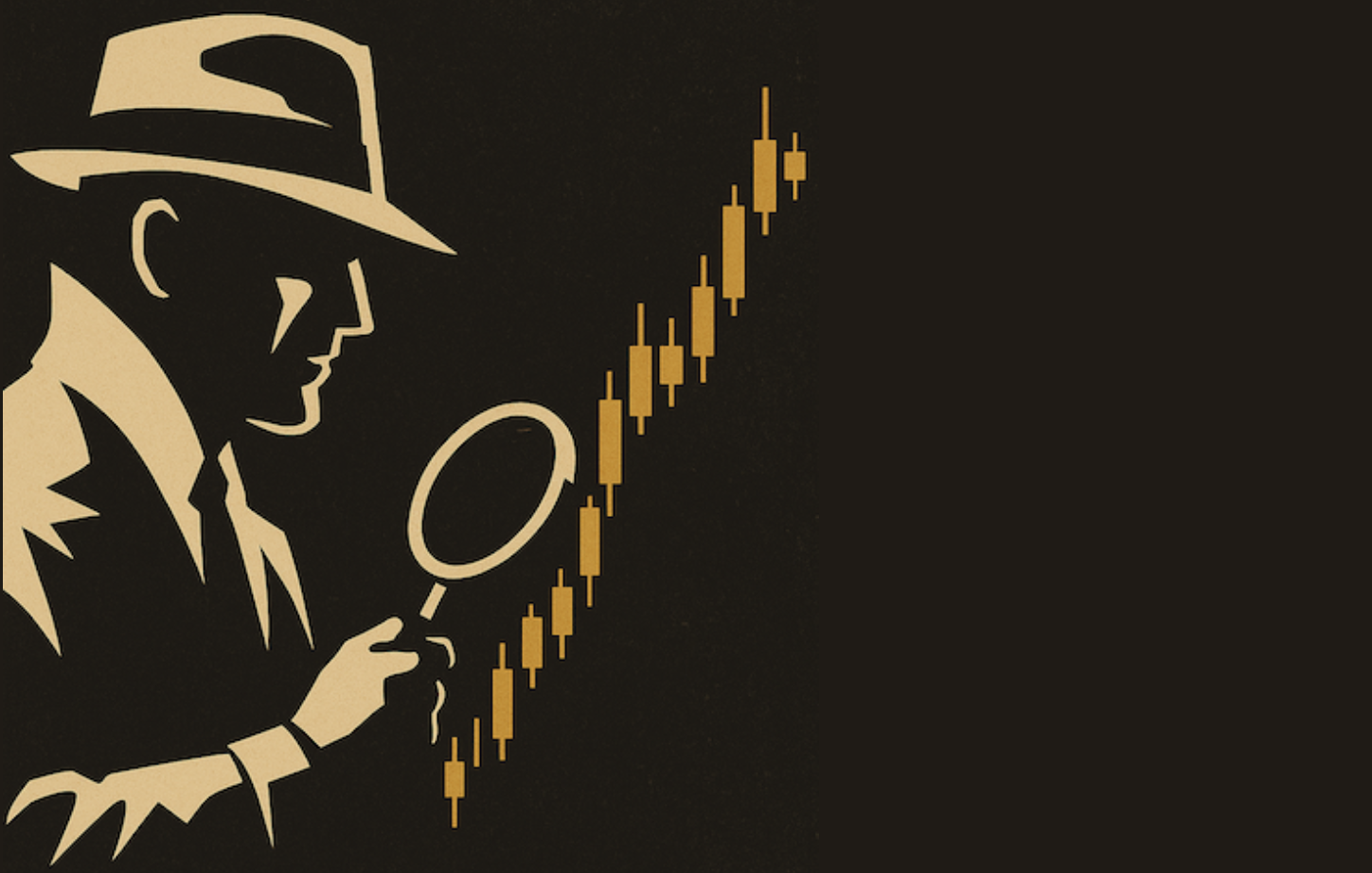ECONOMISTS FINALLY SEE INFLATION THREAT
CPI AND PPI NUMBERS SURPRISE ECONOMISTS... The most frequently seen words in the financial press are "economists were surprised". It seems they're always being surprised by something. This week it was the "surprising" jump in the CPI and PPI inflation numbers. The fact that economists were surprised is a story in itself. It shows what happens when people ignore the clear messages being sent by the financial markets. And when they ignore the obvious. Take commodity prices for example. The CRB Index has been rising for two years and recently reached the highest level in a decade. Rising commodity prices are a leading indicator of inflation. One of the reasons for that is because companies have to pay for rising raw material prices. In time, they have to start passing those increased costs on to their customers. It's simple economics -- and common sense. An increasing number of companies have announced planned price increases to no one's surprise but economists. For months, economists have been dissecting rising inflation numbers to exclude surging food and energy costs -- as if they don't count in the inflation picture. Now with gasoline and crude oil prices trading at record highs, they've suddenly started talking about the inflationary impact of rising energy prices and the potential dampening effect that has on the economy and the stock market. Where have they been for the last few months as the market deterioration sent the same message. Long-term rates have jumped to the highest level in almost two years. Here again, economists told us there was no problem there because there was no sign of inflation. This week they suddenly started to take notice. That's why we look at forward-looking markets and not backward-looking economic numbers. Now, the only one left to convince is the Fed. Trouble is the Fed is populated by economists.

Chart 1
RISING CRUDE PRODUCES HIGHER RATES ... One of the closest intermarket links is the one between crude oil and interest rates. Since oil plays such an important role in the trend of inflation, the direction of oil has a big impact on the direction of long-term interest rates. The relationship got a little skewed in the months before and after the last Iraq war. But sooner or later rising energy costs results in higher interest rates. Charts 2 and 3 compare the two markets for the last two years. The oil spike early in 2003 leading up to the invasion of Iraq had little impact on interest rates because it was correctly perceived at the time as a temporary situation. That's not the case now. Gasoline has been trading at record levels for weeks. This week's upside move over $41 puts crude above the highs reached in 1990 and 1980. That's a pretty significant breakout and suggests that energy prices are headed a lot higher. At the same time, the 10-year T-note yield has broken through the highs of last summer to reach a nearly two-year high. Any chart watcher can see that the major trend in rates is upward. This is basic intermarket analysis. Another intermarket principle is that rising rates are traditionally negative for stocks.

Chart 2

Chart 3
RISING RATES HIT FINANCIALS FIRST... One way to tell if rising rates are starting to hurt the market is to watch rate-sensitive financial shares. That's because they're usually hit the hardest by rising rates. Financials are also traditionally one of the first market groups to peak when rates start to rise. That makes them a leading market indicator. Charts 4 and 5 compare the 10-year T-note yield to the PHLX Bank Index. When rates were falling, banks were among the strongest market groups. Since March, however, when rates started to rise, banks have been among the weakest groups. The Bank Index has also broken its 200-day moving average which is a bearish sign. Chart 7 shows that the S&P 500 has also been dropping as rates have been rising. It's now in the process of testing its 200-day line (as are many other stock indexes). That puts the market in a critical test of its yearlong cyclical bull market. Interestingly, the very same analysts that have been telling us all year that flat rates are good for the market are now telling us that rising rates aren't necessarily bad. Then again, they're the same ones who've been telling us that inflation isn't a threat. I continue to believe that intermarket trends call for a cautious and defensive posture in both bonds and stocks.

Chart 4

Chart 5

Chart 6
NASDAQ STILL UNDER 200 AVERAGE -- DELL DROPS... A week ago Thursday I wrote that the markets were undergoing three important tests. One was bond yields testing the high of last summer near 4.60%. Yields have broken through that level. Another was crude oil testing major resistance near $40. That level has now been surpassed. The third test was the ability of the Nasdaq market to stay over its 200-day moving average. Chart 7 shows the Nasdaq Composite trading under that long-term support line for the last week. This week's attempt to climb back over that line failed. One of the reasons for the Nasdaq drop on Friday was the drop in the shares of Dell Computer. Earlier in the week I showed Dell hitting a six-month high and identified the stock as a Nasdaq leader. On Friday, however, the stock gapped all the way down to its April low and moving average lines. It also put Dell beneath its February peak at 35. That 3% drop also damaged its relative strength which had been rising since early March. The heavy volume bars during the late-week selloff also reflect pretty heavy selling. That disappointing action kept the Nasdaq on the defensive and the rest of the market as well. That and the higher inflation reports and crude oil closing at an all-time high. The top sector performer on Friday was energy, while the worst was technology. That's usually a bad combination for the market. Not a good way to end a bad week.

Chart 7

Chart 8










